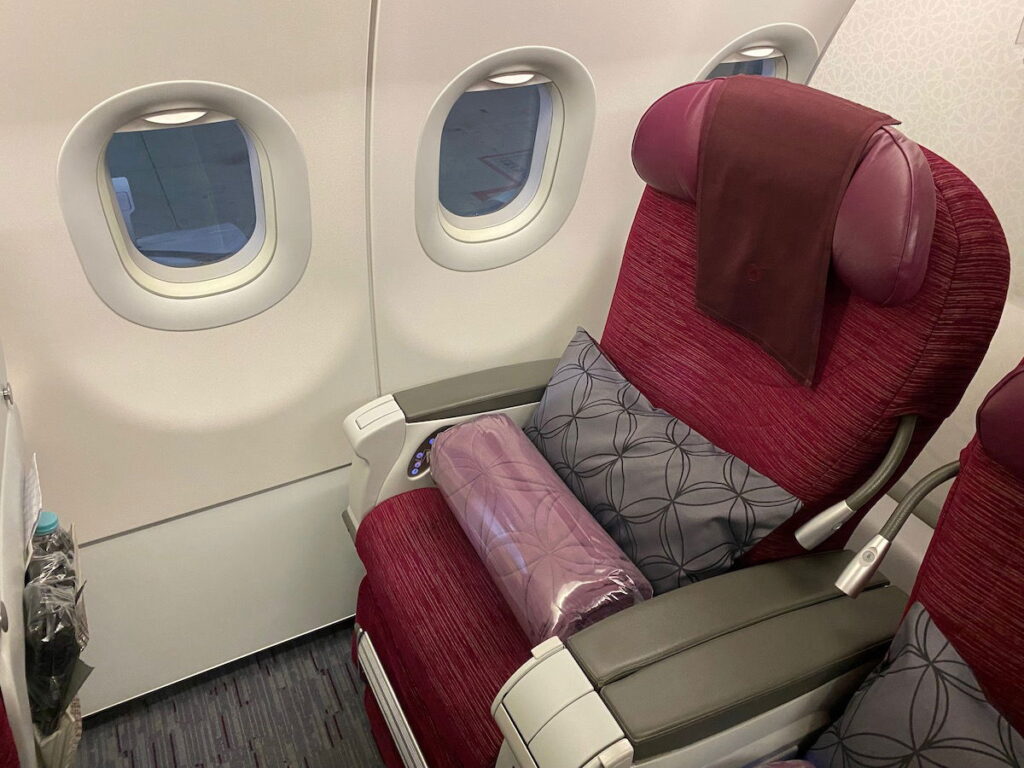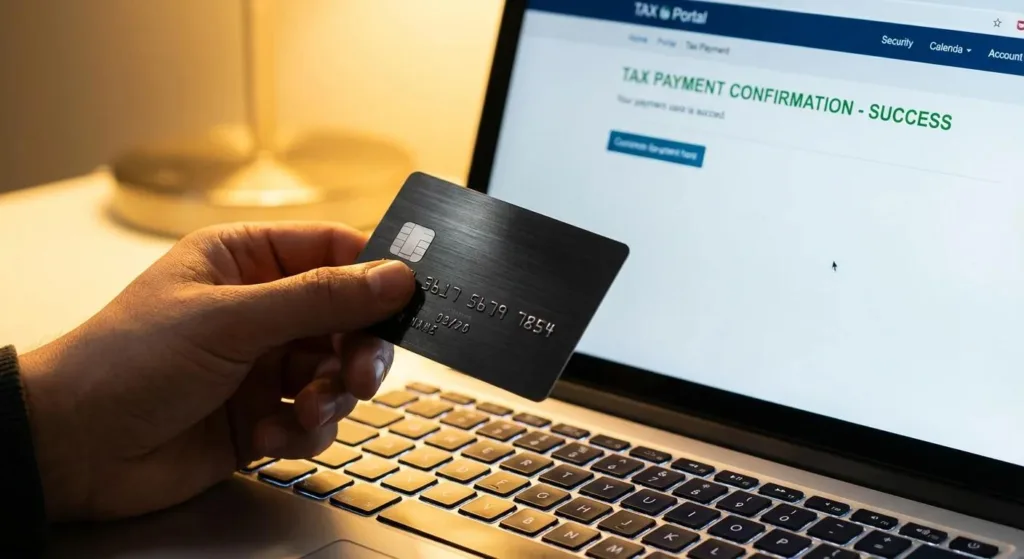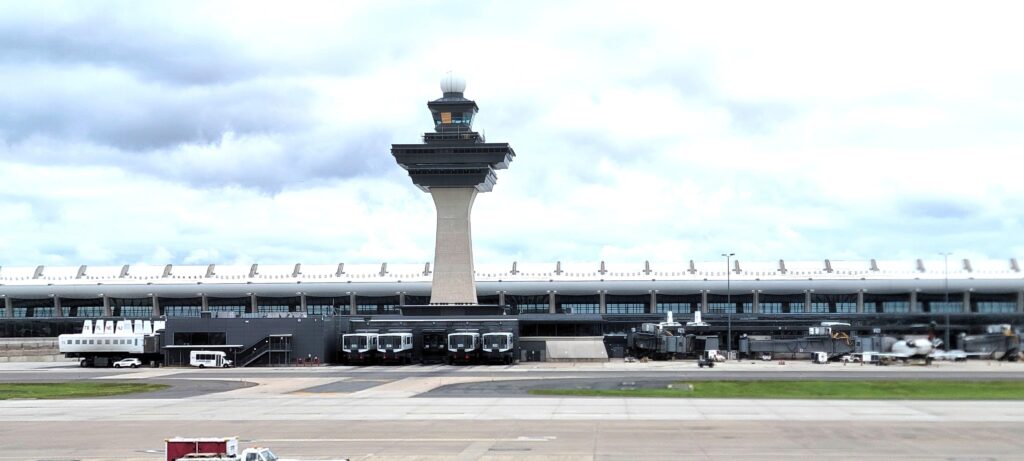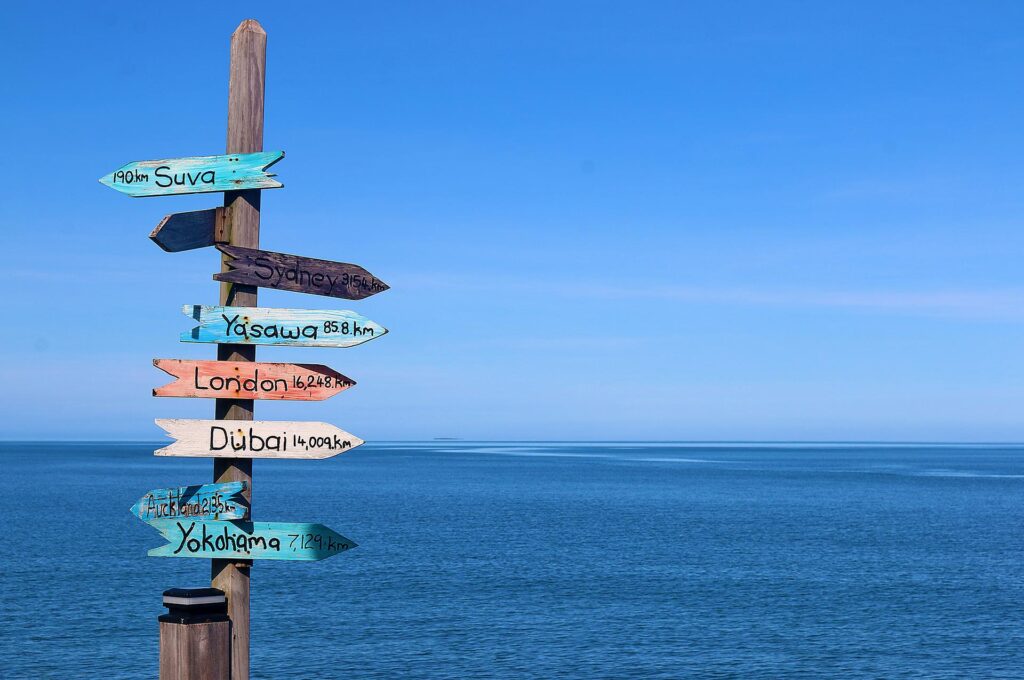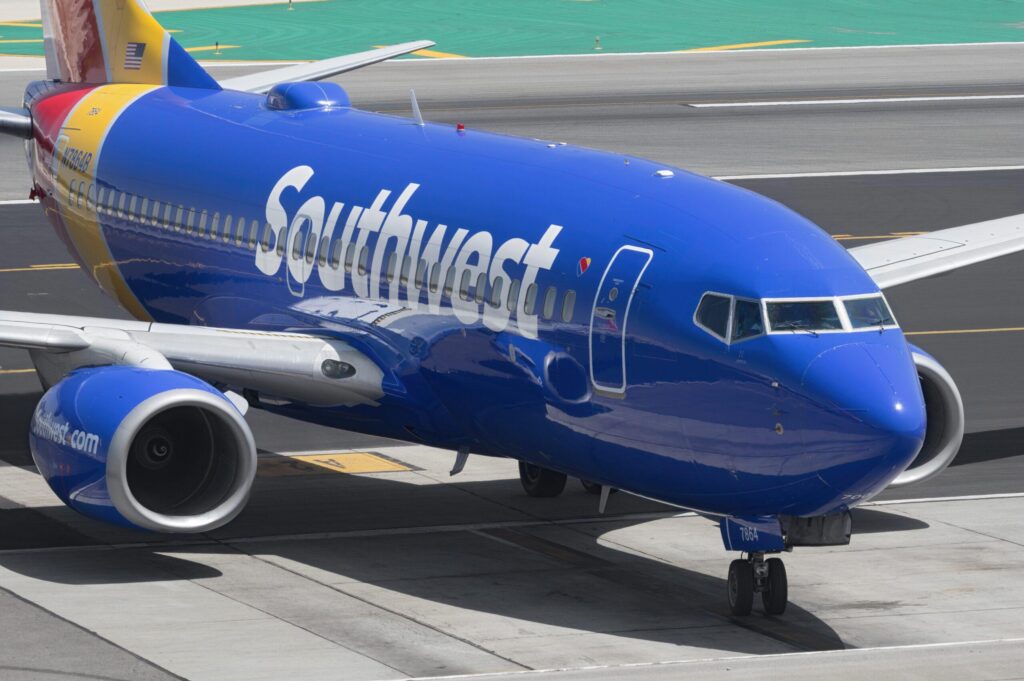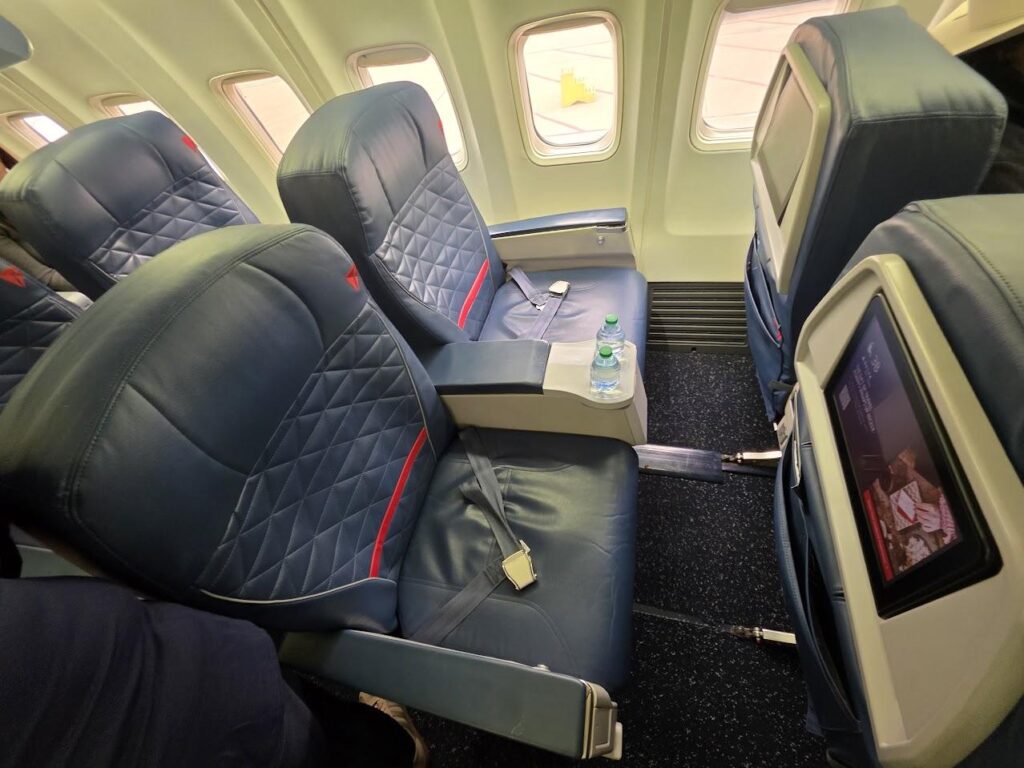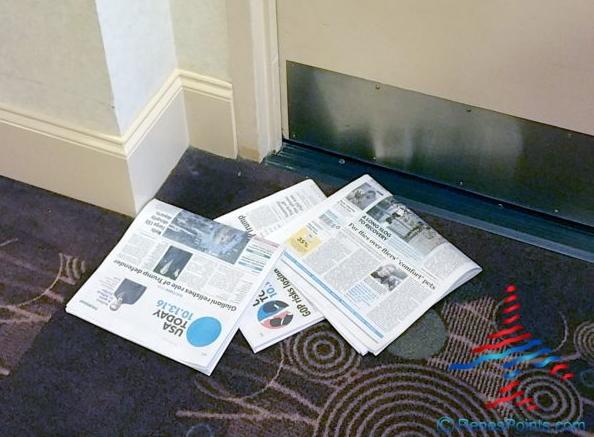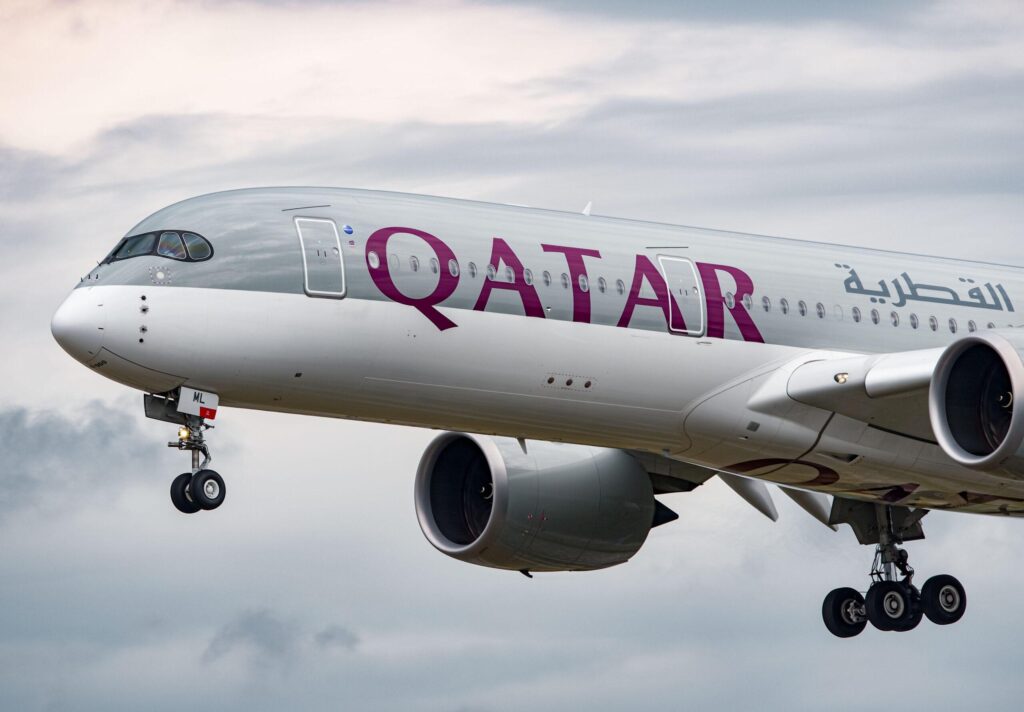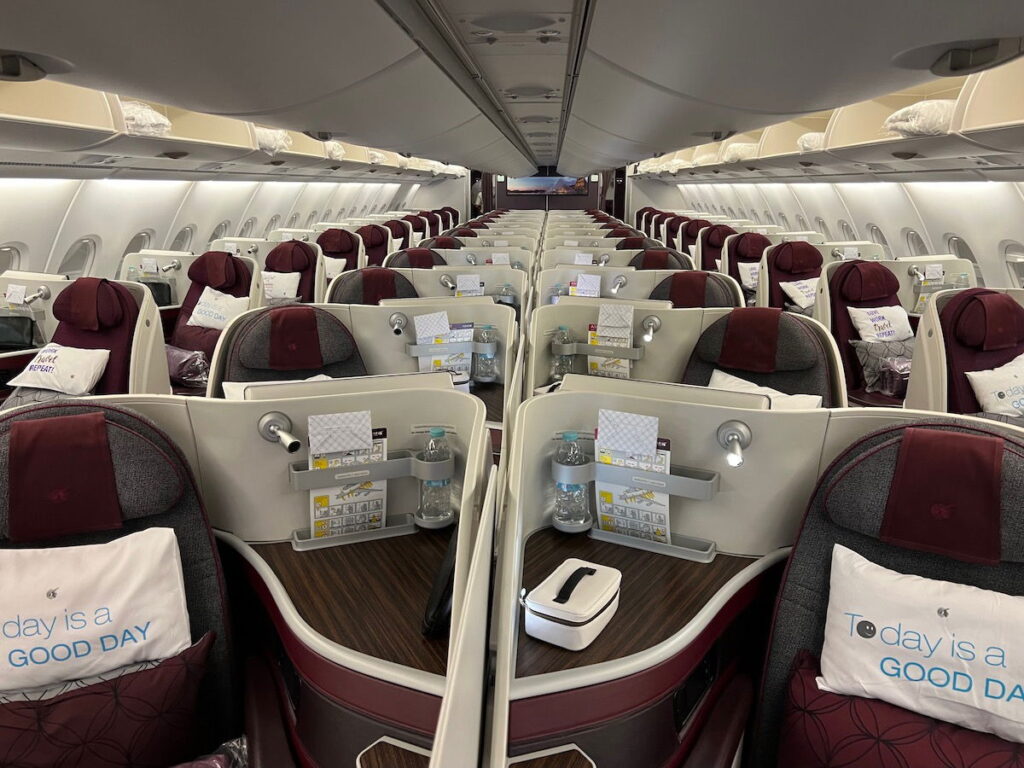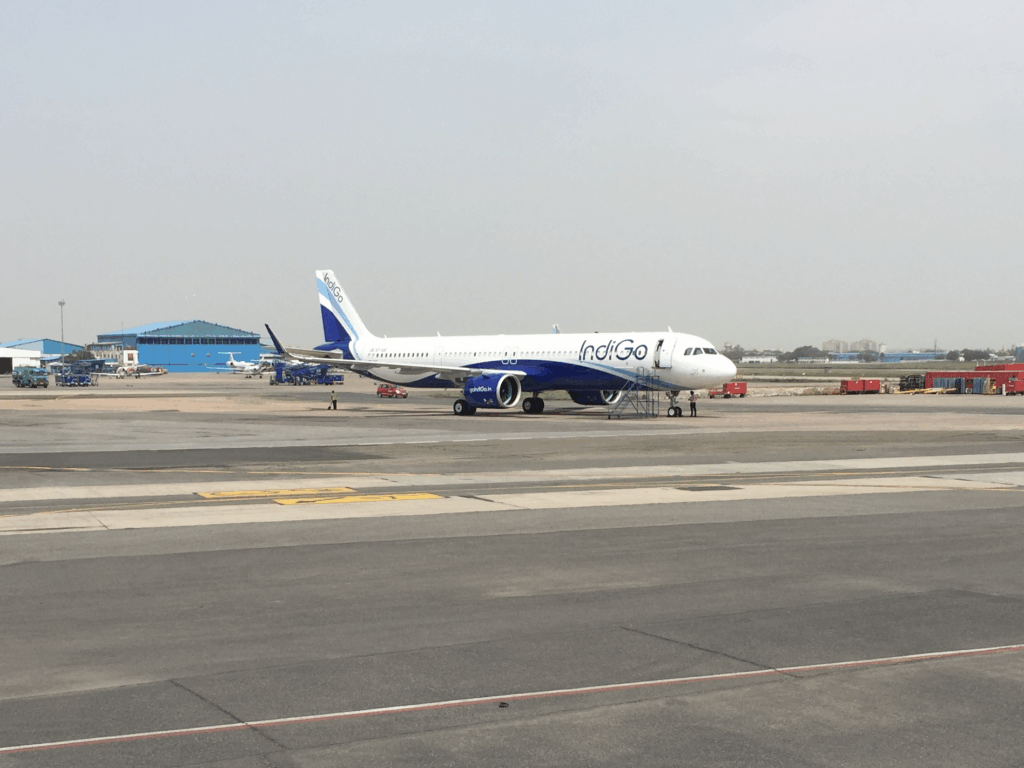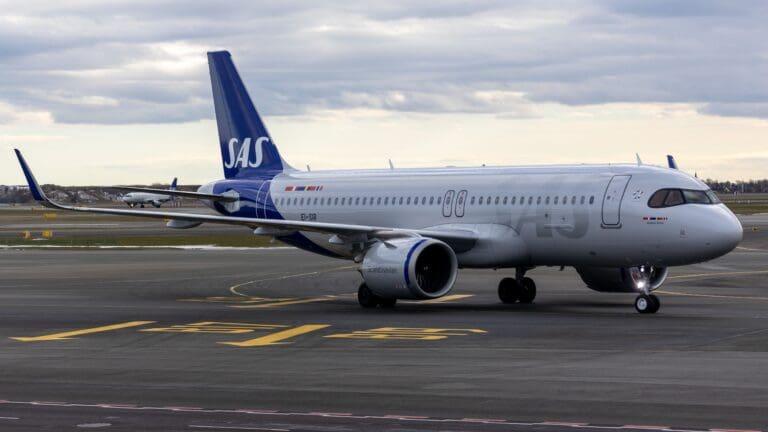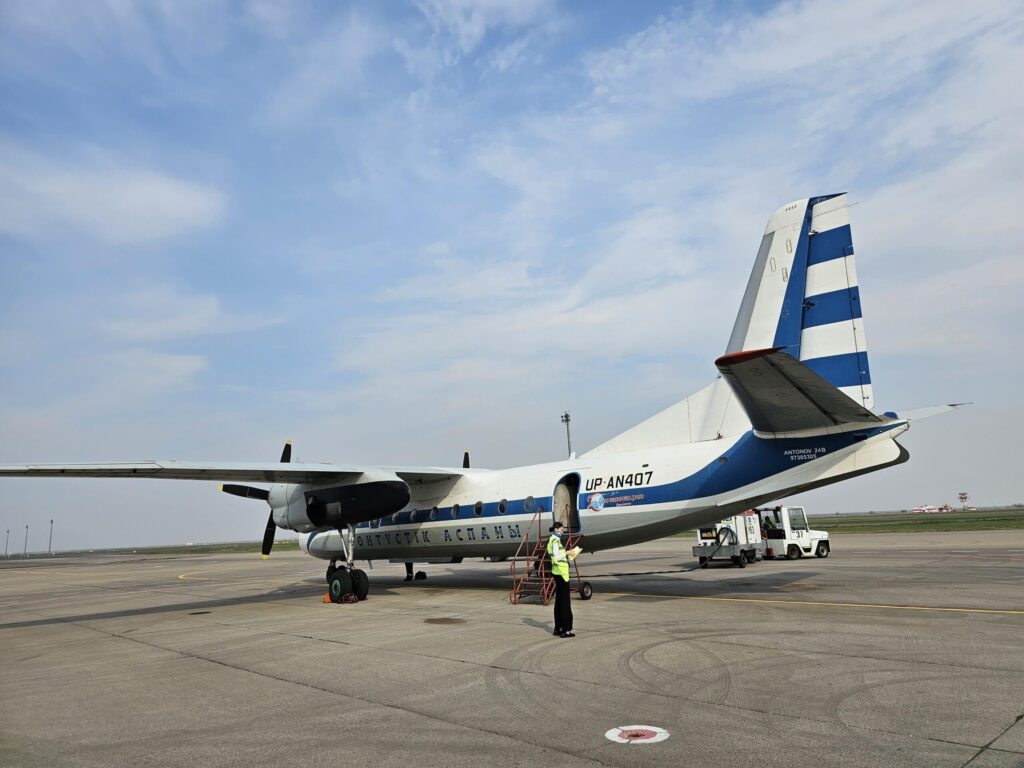
Unlock Seamless Connectivity At Sea With Cruise Wi-Fi Tips
I’ve always been fascinated by how cruise lines have evolved their connectivity game. Back when onboard internet meant slow dial-up speeds (and an empty wallet), I would scramble to find any port café with reliable service. Today, it’s incredible how far we’ve come, yet there’s still room for improvement. A recent industry statistic from last year projected that over 70% of travelers prioritize Wi-Fi quality when choosing their cruise—an undeniable sign that staying connected at sea isn’t just a perk; it’s an expectation.
How Cruise Ship Wi-Fi Works

From my own experience hopping between cruise lines, I’ve observed that modern ships typically connect to the internet through satellite systems, which transmit signals to and from satellite constellations orbiting far above Earth. In the past, older geostationary satellites limited speeds, but newer low Earth orbit (LEO) networks usher in faster connections that rival our land-based experiences—at least on a good day. It’s this technology that allows me to send emails or stream a brief video call with loved ones while taking in a Pacific sunset.
However, there’s a lot more complexity under the hull. Each ship usually deploys advanced onboard routers and receivers that manage data distribution across staterooms, lounges, and even pool decks. According to a 2023 report by the Cruise Connectivity Alliance, nearly half of the major ships launched after 2020 come equipped with denser internal networks for more stable coverage. Of course, physical obstructions like steel walls still matter. I learned that lesson the hard way on a transatlantic voyage when booking a cabin nestled behind two layers of bulkheads, resulting in weaker signal strength.
Most lines also rely on caching systems that store popular web content locally. It’s an effective trick; I’ve noticed I can usually load travel news sites or my favorite blogs faster than streaming new content. It’s all part of a strategy to balance bandwidth usage and ensure that everyone onboard, from casual surfers to business travelers, can get at least some measure of internet access.
Speed and Reliability
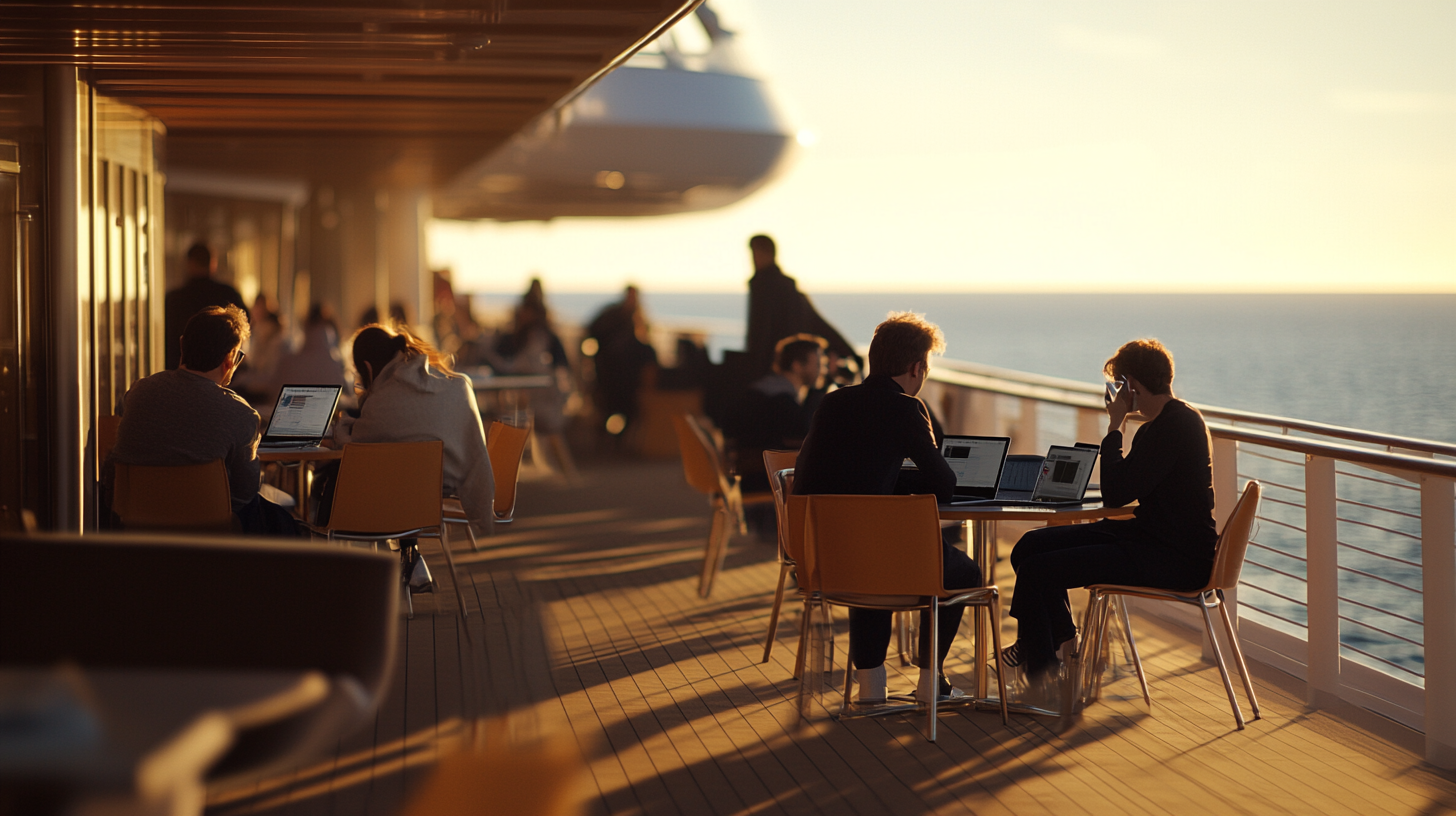
Speed and reliability truly define whether your onboard internet experience is marvelous or maddening. In my own travels, I’ve tested out connections in the middle of the Caribbean, where decent speeds allowed me to hold a video conference, only to lose half my call crossing the Atlantic a few days later. Weather plays a big role, too—heavy clouds and storms can disrupt satellite signals and slow everything to a crawl.
Cruise Wi-Fi speed can range widely, but a recent maritime communications study from 2024 indicates that some ships using newer satellite technology can achieve download speeds up to 150 Mbps in ideal conditions. That said, “ideal conditions” often means fewer passengers streaming simultaneously and being in relatively calm weather zones without intense cloud cover. I once found peak speed near the Bahamas, clocking in a stable 100 Mbps, but that decreased substantially once the ship departed for more remote Atlantic waters.
Latency is another factor folks often forget. Even if you see decent download speeds, satellite communications can produce a noticeable lag time—sometimes near 50 ms, other times higher. The difference might be negligible for emailing or scrolling social media, but it stands out for gaming or high-definition conference calls. So while the technology keeps improving, I always gently remind myself (and anyone traveling with me) to stay flexible when it comes to speed expectations.
Cost and Packages

Cost can vary wildly, and this is where I think savvy planning pays off. By purchasing a package in advance—often discounted when bought online before embarkation—you commonly save anywhere from 10% to 30%. Pricing typically starts around $12 to $20 per device per day, though premium lines or advanced Starlink-enabled vessels might charge extra. During one trip, I chipped in with friends and got a group plan that allowed multiple devices, drastically reducing the per-person cost.
Most cruise lines divide Wi-Fi into “basic” and “premium” tiers. From my vantage point, a basic plan is sufficient for sending emails and casually browsing social media. However, if you’re planning to join virtual meetings or stream your favorite shows, consider a premium plan that specifically mentions support for video streaming services. In my experience, reading the fine print is key—some lines include disclaimers about limiting service speeds even on premium packages when the network gets congested.
Loyalty programs also factor into the cost equation. I’ve enjoyed free or discounted Wi-Fi on certain voyages due to loyalty status. For instance, high-tier cruisers or guests staying in certain upgraded cabins might receive complimentary premium internet packages. If you’re a frequent cruiser, it’s worth checking those fine print perks or verifying them with your travel agent. According to data from Cruise Market Monitor 2025, an increasing number of lines are embedding Wi-Fi perks into membership tiers to attract repeat business.
Starlink and Next-Gen Systems
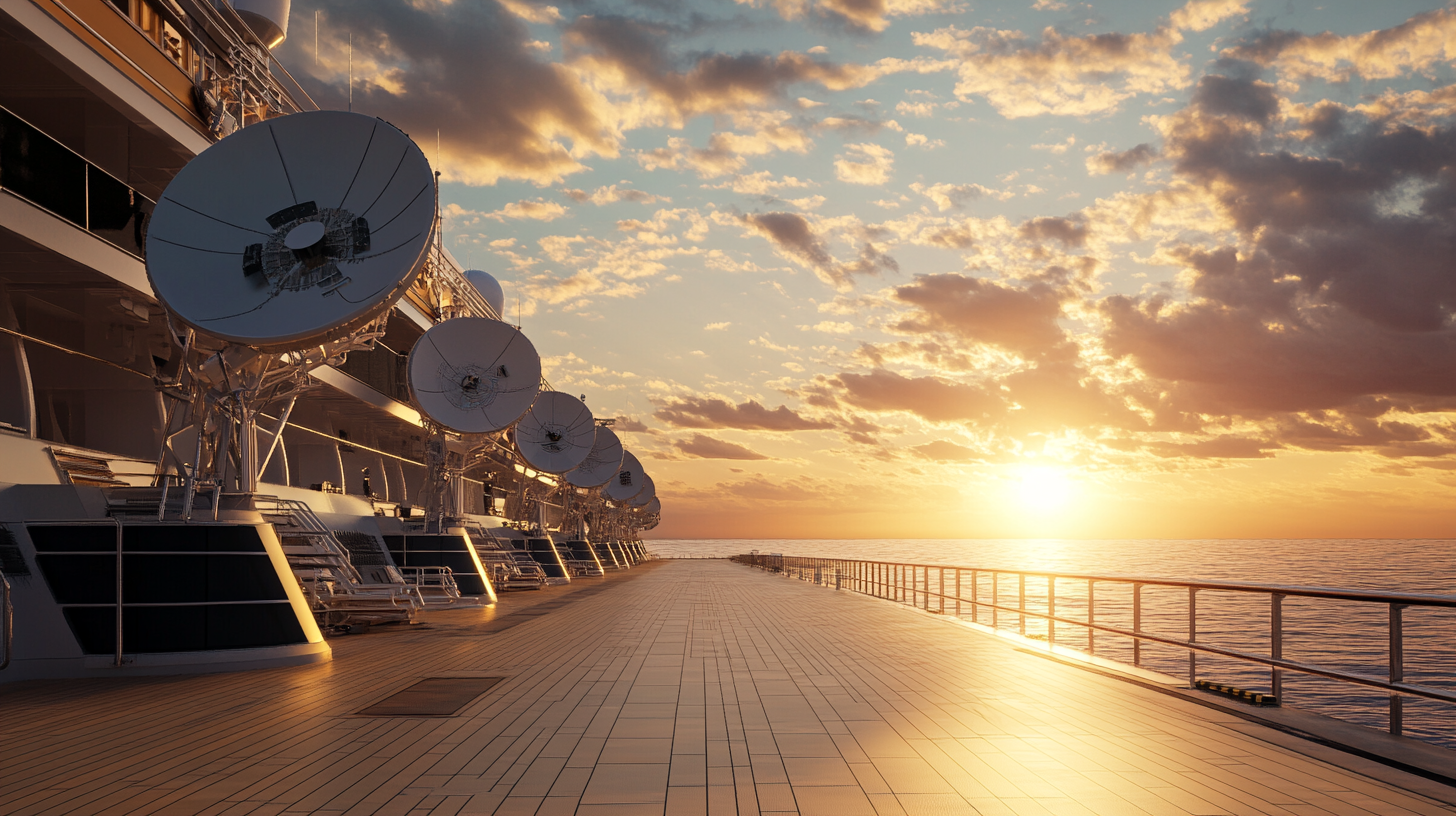
Starlink has been a game changer in this space, and I’m genuinely excited about the possibilities. The shift to LEO satellites lowers latency and often boosts speeds, making it easier to hold video meetings or stream events live. Several major cruise lines, such as Royal Caribbean, MSC, and Carnival, have already begun rolling out Starlink across their fleets. During my last cruise, I noticed a huge difference on one of the ships equipped with Starlink—my emails and video calls felt almost as smooth as they do back on land.
But even top-tier technology has limitations. Starlink signals can fluctuate with weather patterns, and the system can still experience congestion when hundreds or thousands of passengers jump online simultaneously. While I love the progress, I also realize that not every corner of the globe has extensive Starlink coverage—and some cruise lines still rely on older satellite solutions for certain regions. So it’s always wise to keep your plan flexible.
Next-generation networks will likely integrate multiple satellite constellations and advanced onboard hardware to balance coverage in tricky regions like polar routes. I can’t wait to see new shipping routes open up for expedition cruises without sacrificing that chance to connect with family back home. A 2025 forecast from the International Maritime Technology Association shows that hybrid satellite and terrestrial solutions might soon make waves, especially in mid-range cruising near coastlines where land-based towers can bolster coverage.
Tips for Saving Money at Sea

I learned the art of saving on Wi-Fi after racking up some jaw-dropping bills in my early cruising days. The first step is booking your internet package ahead of time. Cruise lines almost always incentivize planning, offering as much as 20% off compared to onboard pricing. It’s a no-brainer, especially if you know you’ll need connectivity.
Another trick is pooling resources if the cruise line permits device-sharing on the same package. During a large family cruise, we split a higher-tier plan among multiple devices and simply took turns using the same log-in. It worked well until everyone wanted to be online at once—but even then, rotation can help keep internet costs manageable. When in port, I also connect to free or cheaper Wi-Fi at local cafés or libraries, quickly downloading heavier files or media updates before heading back on board.
Finally, watch out for data-roaming. A lot of travelers forget to switch off cellular data, which can result in exorbitant roaming charges if you pass by a remote island with its own network. Putting your phone on airplane mode and selectively turning on Wi-Fi is my go-to method for ensuring I don’t get any nasty surprises on my bill. It might sound obvious, but it’s saved me more than once.
Setting Realistic Expectations
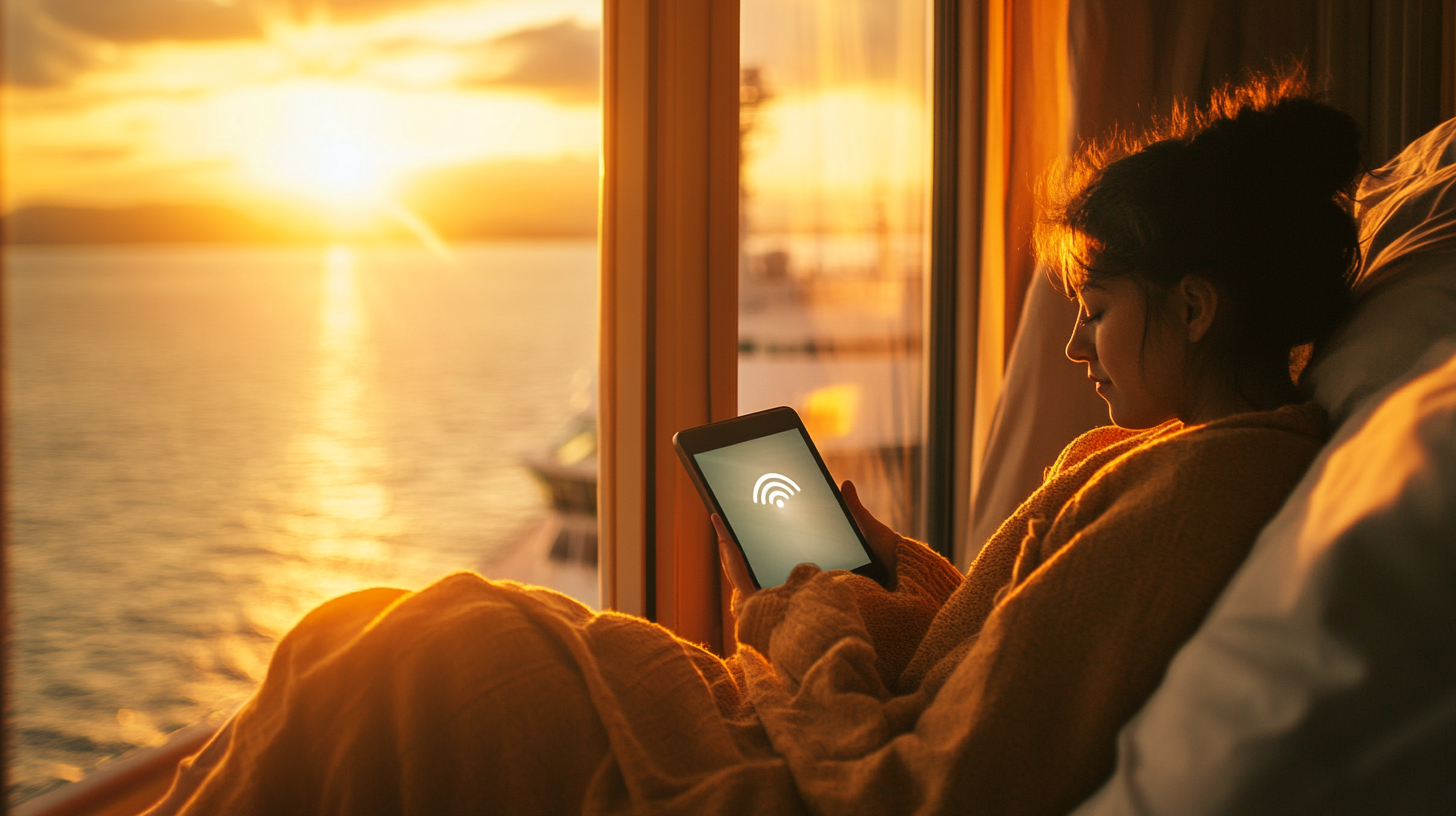
I’ve found there’s a delicate balance between wanting the full “I’m connected everywhere” experience and understanding cruise ships operate in the middle of vast oceans. If you manage expectations, the experience becomes much more enjoyable. For instance, I rarely plan to download large files or schedule crucial, time-sensitive calls unless I’m certain I’ll have the bandwidth for it.
Cruise Wi-Fi is still best viewed as a utility that lets you stay in touch, share photos, and do light work. It’s great for checking in with family, posting on social media, or even watching the occasional movie at non-peak hours. But keep in mind that congestion spikes in the evenings when everyone is back in their cabin trying to stream or browse. According to a 2025 survey by the Worldwide Cruise Tech Forum, nearly 60% of cruisers name peak-time congestion as their number one internet complaint.
Having realistic expectations ensures you’re not frustrated if you drop a call mid-ocean or experience slower speeds. By choosing the right internet package, leveraging ports for heavier downloads, and keeping an eye on usage times, I’ve been able to stay connected without letting occasional slowdowns ruin my trip.
Final Thoughts

As Wi-Fi technology continues to get better, cruising becomes more accessible for remote workers, digital creators, and anyone who wants to keep friends and family updated on their high-seas adventures. Expect to see further enhancements in the coming years as cruise lines race to offer faster, more reliable connections. Yet, it’s crucial to remember that no matter how advanced the technology gets, Mother Nature and the vast expanse of the ocean still play their part.
Whether you’re hopping on a short weekend escape or setting off on a multi-week transoceanic voyage, your best bet is to stay informed and do a bit of prep work. Keep an eye out for loyalty program perks, pricier but more comprehensive premium plans, and local port Wi-Fi opportunities that can save you both money and headaches. Armed with these insights, you’ll be ready to navigate the ever-evolving world of cruise ship connectivity.
Brad Lightall’s Take
For me, onboard Wi-Fi is more than just a modern convenience; it’s a gateway to share real-time experiences and keep my thriving curiosity fed. At the same time, a slow connection reminds me I’m on a ship—far from the usual noise and hustle. It’s a gentle nudge to savor the moment and the open water.
I firmly believe that embracing both the perks and quirks of cruise Wi-Fi is part of what makes the journey memorable. After all, a little relaxation away from the relentless demands of the digital world can often be the best takeaway of any ocean voyage.
Stay with us at BoardingArea for more.
- Discover how you can indulge in the height of luxury on the high seas by reading Experience Ultimate Luxury on the Norwegian Encore Cruise Ship.
- Plan your dream cruise in the year 2025 by checking out Cruise Planning in 2025: Embark on Unforgettable Voyages and set sail on an unforgettable voyage.
- Explore the fascinating evolution of the Royal Caribbean fleet by diving into Royal Caribbean Ships by Age: Exploring the Evolution of the Fleet.
- Curious about how MSC and Royal Caribbean stack up? Find out more in MSC vs Royal Caribbean: A Frequent Flyer’s Comparison.
- Experience the ultimate in travel style with Luxurious Transatlantic Cruises: A New Way to Travel in Style, where transatlantic cruises redefine luxury.

